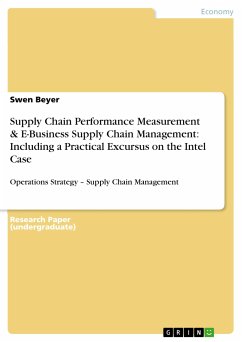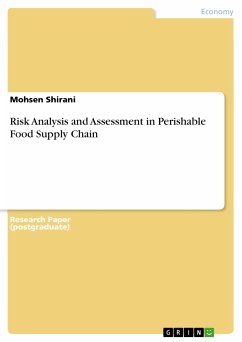Master's Thesis from the year 2022 in the subject Business economics - Supply, Production, Logistics, grade: 1.8, University of Applied Sciences Bremen, language: English, abstract: This study explores the effect of Internet of Things (IoT) on supply chain integration and performance in the automotive industry of Germany. The dataset comprises a quantitative survey and a sample size of 50 employees in the automotive industry of Germany. The IoT is a next generation of Internet connected embedded ICT systems in a digital environment to seamlessly integrate supply chain and logistics processes. Integrating emerging IoT into the current ICT systems can be unique because of its intelligence, autonomous and pervasive applications for better organizational performance. The obtained data from a structured questionnaire, which was built on a 5-point Likert scale, was analyzed by the use of Linear Regression. The analysis of the study was enacted by using STATA (15.0) statistical software to excerpt the results. The proposed model was blueprinted based on relationship marketing theory, resource-based view theory, contingency theory, and related literature. Before estimating the main results, preliminary analysis such as descriptive statistics, correlation analysis, validity and reliability of the instruments, multi-collinearity test and model fitness were done to provide initial justification and appropriateness of the instruments and the methods chosen to test the proposed relationships guiding the study.









